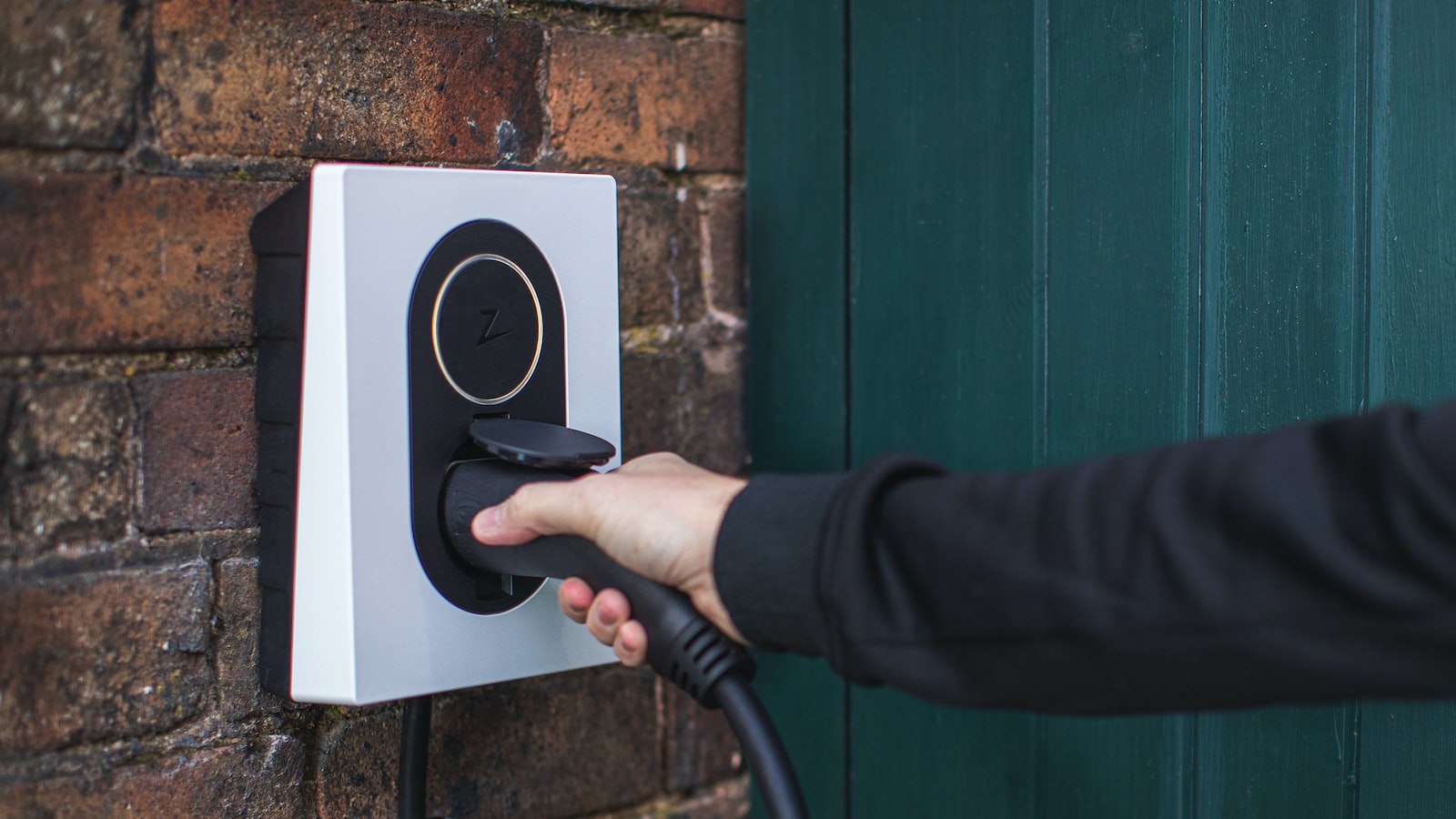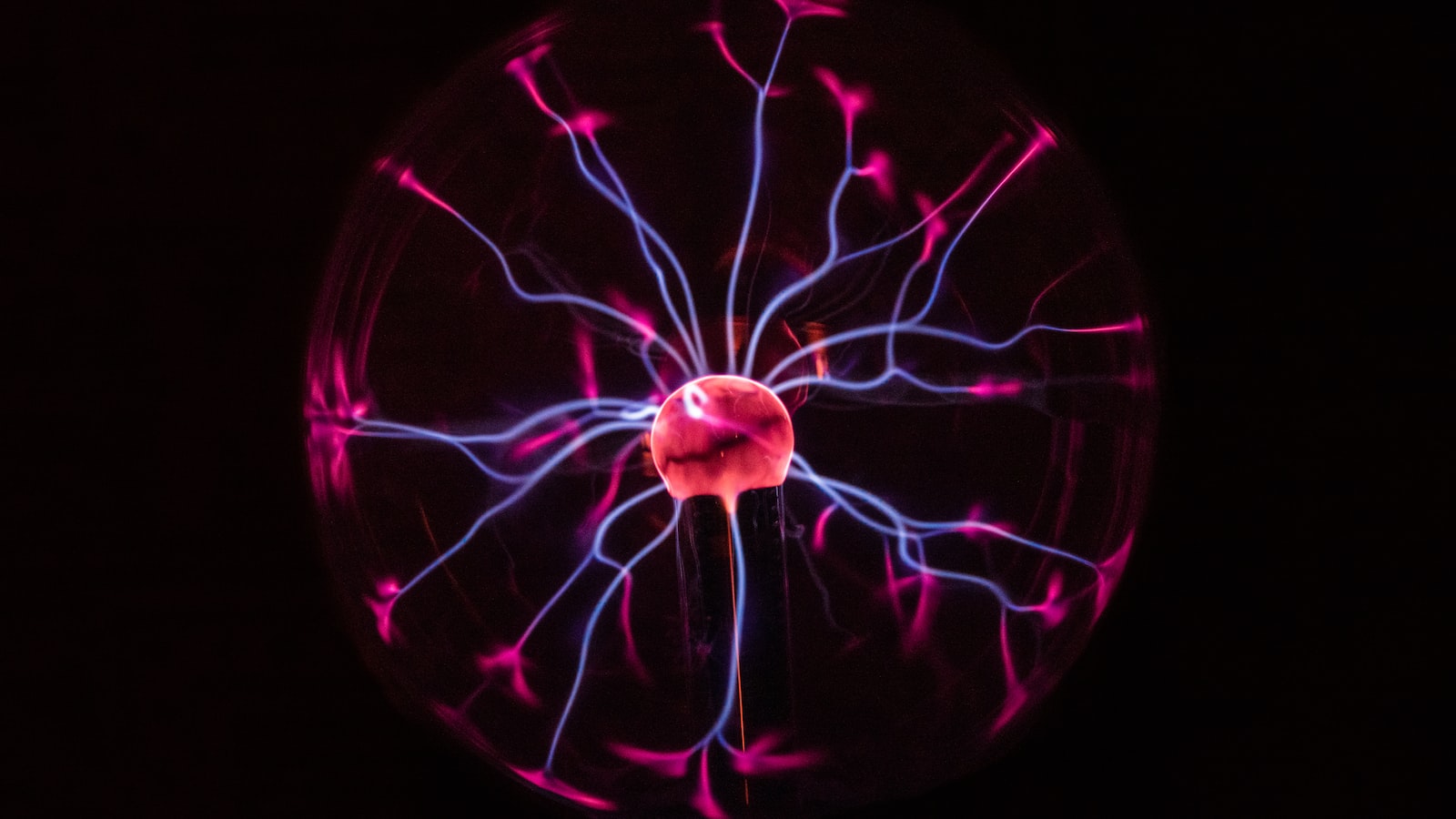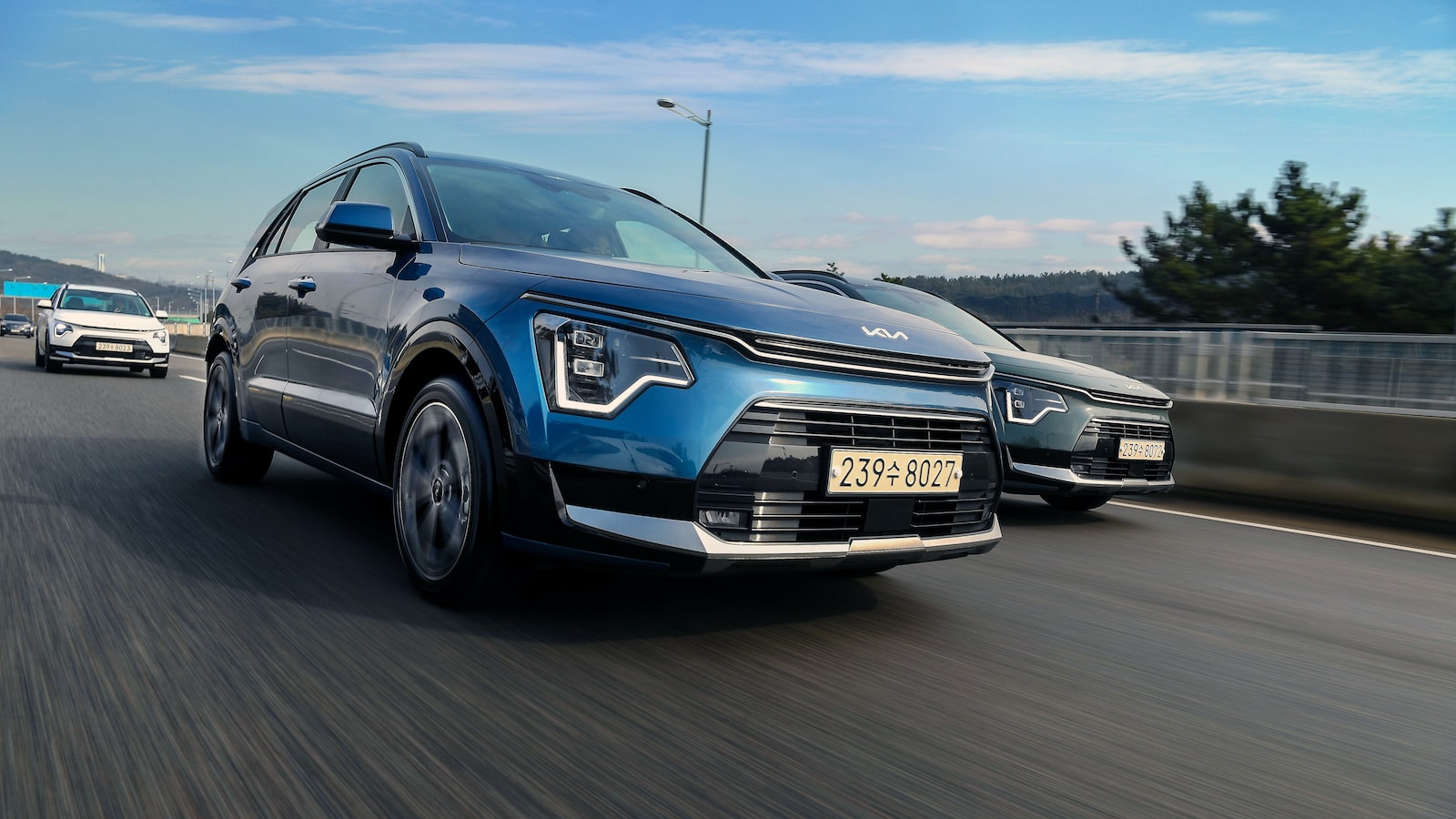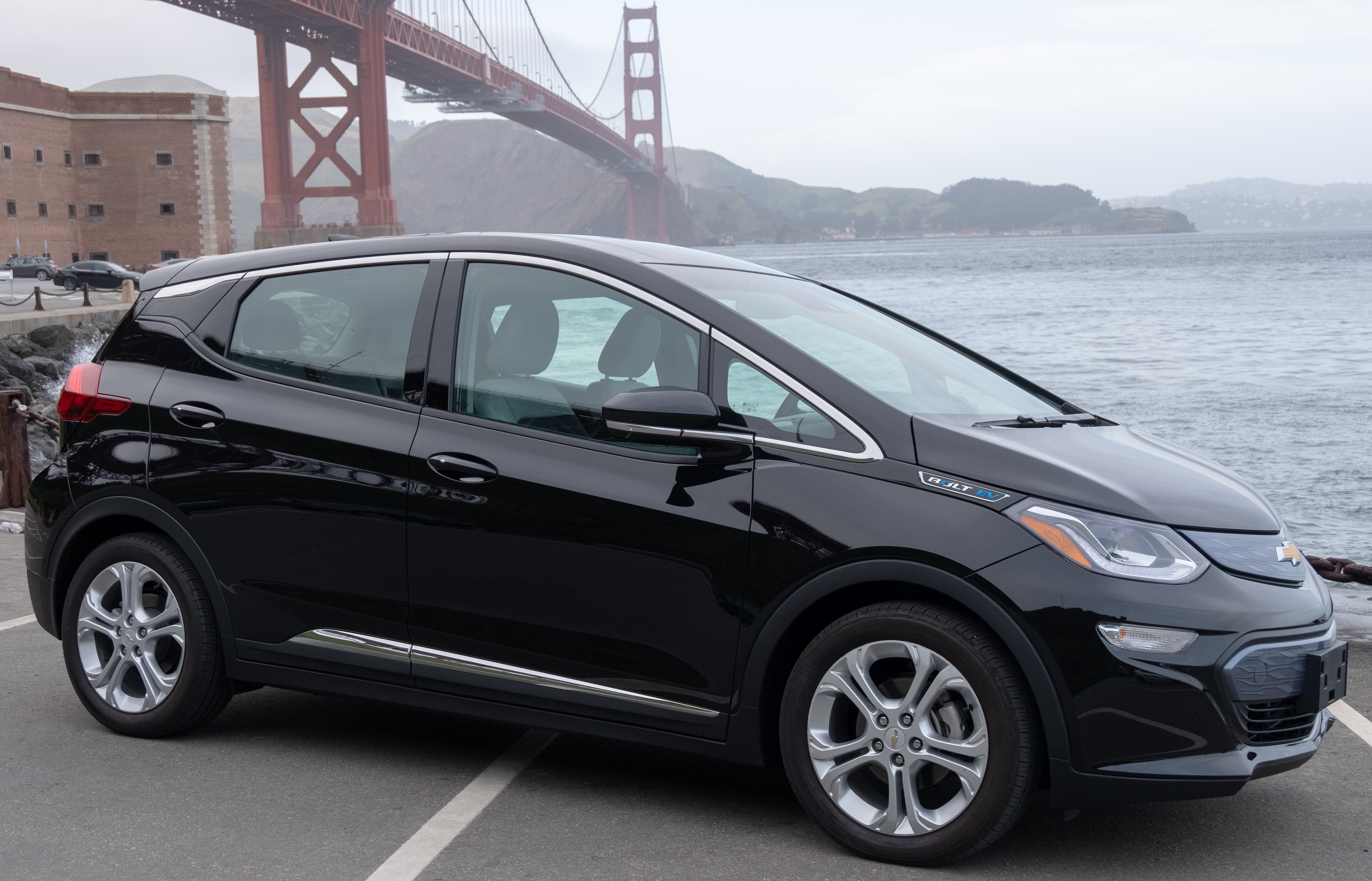In the realms of electrifying possibilities, where currents traverse through intricate pathways to propel transportation into a futuristic utopia, lurks the unsung hero called the EV busbar. Nestled within the unseen veins of electric vehicles, this unassuming metal bar is the quiet conductor, orchestrating an elegant symphony of power. But what exactly is an EV busbar and how does it work its magic? Prepare to embark on an electrifying journey as we unravel the secrets of this hidden marvel, shedding light on the ingenuity that propels our electric buses forward. So, fasten your seatbelt, embrace the current of knowledge, and let us delve into the captivating world of how EV busbars work.
Table of Contents
- 1. Unveiling the Powerhouse: Exploring the Intricate Network of EV Busbars
- 2. Harnessing Electricity Efficiently: The Backbone of Electric Vehicle Grid Connections
- 3. Design Considerations for Optimal Performance and Safety of EV Busbars
- 4. Future-proofing EV Electrification: Critical Steps for Upgrading and Expanding Busbar Systems
- Q&A
- In Conclusion

1. Unveiling the Powerhouse: Exploring the Intricate Network of EV Busbars
Electric vehicles (EVs) have revolutionized the automobile industry, paving the way for more sustainable transportation. At the heart of these eco-friendly machines lies a powerful and intricate network known as EV busbars. These unassuming yet critical components are often overlooked, but they play a significant role in delivering energy efficiently throughout the vehicle.
What exactly are EV busbars? Picture a complex web of interconnected copper or aluminum bars, carefully designed and strategically placed within an electric vehicle. These busbars serve as the electrical backbone, seamlessly channeling the power from the battery pack to various components like the motor controllers, inverters, and charging systems. By minimizing energy losses and maximizing efficiency, busbars ensure that every ounce of electrical energy is distributed reliably and effectively.
The Silent Heroes of Electric Mobility
Without the EV busbars, the dream of emission-free transportation would remain an elusive goal. Here are some important aspects that highlight the indispensable nature of these unsung heroes:
- Current Carrying Capacity: Busbars are designed to handle high currents, allowing for the efficient transmission of electrical power throughout the vehicle without excessive heat generated by conventional wiring harnesses.
- Space Efficiency: By utilizing busbars, EVs can optimize the limited space within their design, enabling more compact and sleek vehicles that merge form with function.
- Electromagnetic Interference (EMI) Reduction: The carefully layered and shielded busbars are engineered to minimize EMI, ensuring the smooth operation of sensitive electronic components within the vehicle.
While they may not dazzle the eye or spark the imagination, EV busbars are truly the unsung heroes that quietly power the electric mobility revolution. Their intricate network seamlessly distributes the energy that propels these clean and sustainable vehicles forward, highlighting the remarkable role they play in shaping our greener future.

2. Harnessing Electricity Efficiently: The Backbone of Electric Vehicle Grid Connections
Electric vehicles (EVs) have revolutionized the automotive industry, but their mass adoption heavily relies on a robust and efficient grid connection infrastructure. Efficiently harnessing electricity is the underlying foundation that supports the seamless integration of EVs into our daily lives. Here are a few key aspects that highlight the significance of harnessing electricity efficiently:
- Maximizing Grid Utilization: When EVs are connected to the grid, their charging patterns need to be managed effectively to ensure optimal use of available electricity. By efficiently harnessing electricity, the grid can handle the increased power demand without overloading or disruptions.
- Reducing Energy Losses: Streamlining the conversion, transmission, and distribution of electricity minimizes energy losses along the way. A more efficient grid connection infrastructure ensures that the electricity supplied to EVs is utilized to its fullest potential, while reducing wastage and improving overall sustainability.
Moreover, efficient harnessing of electricity paves the way for enhanced technologies that promote smart charging, such as:
- V2G (Vehicle-to-Grid) Integration: Enabling bidirectional energy flow between EVs and the grid, V2G systems utilize EV batteries to store and release electricity back to the grid during peak demand, thus supporting grid stability while optimizing EV charging.
- Intelligent Charging Management: By employing advanced algorithms and data analysis, smart charging stations can dynamically adjust charging rates based on grid conditions, energy availability, and user preferences. This ensures efficient and equitable distribution of electricity among EVs.
Overall, the efficient harnessing of electricity forms the backbone of electric vehicle grid connections. Building a reliable and robust infrastructure for EV charging necessitates a strategic focus on maximizing grid utilization, minimizing energy losses, and harnessing technological advancements. Only through this comprehensive approach can we pave the way for a sustainable and convenient future powered by electric vehicles.

3. Design Considerations for Optimal Performance and Safety of EV Busbars
When it comes to designing electric vehicle (EV) busbars, there are several crucial considerations that must be taken into account to ensure optimal performance and safety. These factors play a vital role in maximizing the efficiency and reliability of the busbars, making them an integral component of any EV power distribution system. Here are some key design considerations that need to be addressed:
1. Current-carrying capacity: One of the primary considerations is determining the busbars’ ability to carry the required current without exceeding their defined limits. This involves carefully calculating the expected load and selecting busbars with sufficient cross-sectional area and conductivity to handle the anticipated current flow.
2. Material selection: The choice of materials for EV busbars is essential in ensuring both performance and safety. Conductivity, thermal stability, and mechanical strength are important factors to consider. Copper is widely used due to its excellent conductivity and thermal properties, while aluminum is favored for its lighter weight. However, material selection also needs to consider factors such as cost, corrosion resistance, and system voltage requirements.
3. Insulation: Insulation plays a critical role in protecting the busbars from potential short circuits and ensuring the safety of the overall system. The insulation material must have high electrical resistance, be able to withstand the operating voltage, and possess good thermal properties to dissipate heat effectively. Proper insulation design also involves considering creepage and clearance distances to prevent arcing and electric breakdown.
4. Electrodynamic forces: Electric currents flowing through busbars generate magnetic fields, which can lead to electrodynamic forces. These forces can cause mechanical stress and potential deformation of the busbars. It is crucial to consider the busbars’ mechanical stability, rigidity, and the ability to handle these forces to ensure long-term structural integrity.
5. Cooling and thermal management: Efficient cooling is necessary to maintain optimal performance and prevent overheating. Adequate space for proper airflow, thermal interface materials, and the inclusion of heat sinks or cooling fans are design considerations that help dissipate heat effectively, ensuring a safe operating temperature range for the busbars and associated components.

4. Future-proofing EV Electrification: Critical Steps for Upgrading and Expanding Busbar Systems
The rapid rise in electric vehicle (EV) adoption has brought about the need for innovative solutions to meet the growing demand for efficient and reliable charging infrastructure. Upgrading and expanding busbar systems play a critical role in future-proofing EV electrification, ensuring that our cities and communities are ready for the electric revolution.
To achieve this, there are several essential steps that need to be taken:
- Evaluate Current Infrastructure: Before upgrading busbar systems, it is crucial to assess the existing infrastructure to identify potential bottlenecks or limitations. This evaluation will help determine the necessary improvements needed to accommodate greater power demands and connect more charging stations.
- Invest in High-Capacity Busbars: Upgrading to high-capacity busbars is vital to support the increasing power demand of EV charging networks. These robust electrical conductors can efficiently transmit high levels of electricity, minimizing energy loss and ensuring optimal performance of the charging infrastructure.
- Implement Smart Grid Technology: Integrating smart grid technology will enhance the scalability and reliability of busbar systems. By leveraging advanced sensors and monitoring capabilities, grid operators can efficiently manage and balance power distribution, reducing the risk of overload and promoting a more efficient charging network.
By taking these critical steps and investing in upgrading and expanding busbar systems, we can successfully future-proof EV electrification, enabling widespread adoption and integration of electric vehicles into our daily lives. The transformation to a cleaner and sustainable transportation future starts with the foundation we lay today.
Q&A
Q: What are EV busbars, and why are they important in electric vehicles?
A: EV busbars can be thought of as the electric highways within an electric vehicle. They are crucial components that carry and distribute high currents of electricity to various parts of the vehicle, ensuring efficient power delivery for its operation.
Q: How do EV busbars differ from regular busbars used in conventional vehicles?
A: Unlike ordinary busbars found in traditional vehicles, EV busbars are designed to handle much higher currents. They are also built to withstand the unique demands of electric vehicles, including rapid charging rates, high temperatures, and vibrations.
Q: What materials are commonly used to manufacture EV busbars?
A: EV busbars are commonly made of highly conductive materials such as copper or aluminum. These metals have excellent electrical conductivity and provide low resistance to current flow, maximizing the efficiency of the power distribution system in electric vehicles.
Q: How do EV busbars optimize the power distribution in electric vehicles?
A: EV busbars serve as a central nervous system, ensuring the efficient flow of electricity throughout the vehicle. By minimizing power losses and lowering electrical resistance, these busbars help optimize power distribution, maximizing the energy efficiency of the electric vehicle.
Q: Can you explain the role of EV busbars in managing thermal performance?
A: EV busbars play a significant role in managing thermal performance by efficiently dissipating heat generated during high current flow. Their design often includes features like cooling fins and thermal conductive materials to effectively regulate and maintain safe operating temperatures within the vehicle.
Q: How are EV busbars protected against potential electrical faults?
A: EV busbars are equipped with robust insulation systems to protect against potential electrical faults. This insulation ensures that the high currents flowing through the busbars do not come into contact with other vehicle components, minimizing the risk of short circuits or electrical hazards.
Q: Are there any advancements or innovations in EV busbar technology?
A: Absolutely! As the demand for electric vehicles grows, so does the need for continuous technological advancements. Some recent innovations include the use of flexible busbars, which allow for more versatile and space-efficient design solutions within electric vehicles.
Q: Can EV busbars be customized according to different vehicle designs?
A: Yes, EV busbars are highly versatile in terms of design and can be customized to meet the specific requirements of different electric vehicle models. Their flexibility allows engineers to optimize the power distribution system while considering factors like vehicle size, form factor, and integration with other components.
Q: Are there any challenges or limitations associated with EV busbars?
A: While EV busbars are essential for the efficient operation of electric vehicles, they do come with some challenges. For instance, designing busbars that can handle very high currents without sacrificing space or weight can be a complex task. Additionally, busbar systems should be carefully engineered to minimize energy losses and ensure long-term reliability in harsh operating conditions.
Q: In conclusion, how do EV busbars contribute to the overall performance of electric vehicles?
A: EV busbars are the silent superheroes that enable efficient power distribution and help unleash the full potential of electric vehicles. By providing a reliable and optimized pathway for high currents, they contribute to improved energy efficiency, enhanced thermal management, and overall better performance in the electric vehicle realm.
In Conclusion
As we reach the end of this electrifying journey through the intricate world of EV busbars, we hope it has sparked an electric curiosity within you. From the seemingly simple strips of copper to the intricate maze of power distribution, the story behind how EV busbars work is nothing short of captivating.
In our quest to understand the inner workings of these vital components, we ventured deep into the heart of electric vehicles. We unraveled the web of connections, witnessing the sheer brilliance of engineering as power flows seamlessly through these silent giants on the road.
From the sprawling highways to bustling city streets, EV busbars silently empower the revolution of transportation. Their hidden presence ensures we glide through our daily commutes with enhanced efficiency and minimal environmental impact. It is this silent power that fuels not only the vehicles but also our collective hope for a greener future.
In this dance of electrons, the busbars serve as unsung heroes, channeling the energy that propels electric vehicles forward. They remain vigilant, safeguarding against the perils of overheating and voltage drops, ensuring a reliable and robust current flow.
Yet, beyond their practical functionality lies an elegance that often goes unnoticed. The carefully calculated routes, the seamless connections, and the meticulously measured power distribution all contribute to the symphony of motion that silently unfolds beneath the hood.
As technology continues to advance and the electric vehicle industry evolves, so too will our relationship with busbars. Their significance in our electrified world cannot be understated, as they form the building blocks that power our electrified dreams.
So, as we bid farewell to this enlightening exploration, let us carry forward this newfound knowledge, and with it, an appreciation for the silent efficiency that lies within the humble busbar. May it remind us of the transformative power of innovation, and inspire us to embrace the electrified future that lies ahead.

